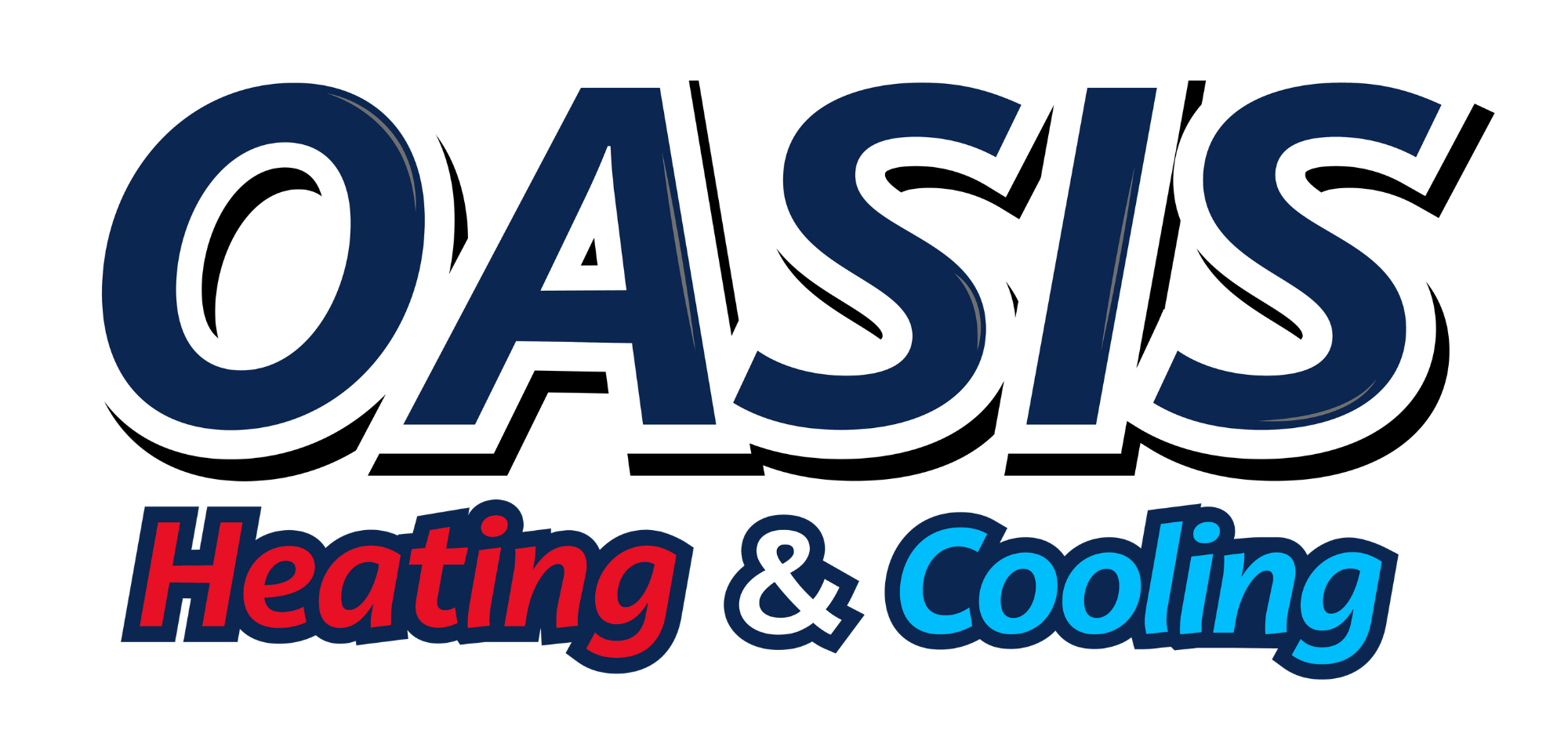Radiant floor heating costs, on average, between $15.70 and $19.32 per month to operate, but this can vary slightly based on electricity costs, climate, insulation, home size, and more.
Radiant floor heating provides heating to a home without continually pumping warm air into the home, all while being completely safe for pets and animals. Due to this, it is gaining in popularity compared to traditional options like wall-mounted radiators and furnaces with registers. To help people better budget their new alternative, we constructed the following data sets for radiant floor heating cost by system type, home size, and month of the year.
Behind Radiant Floor Heating, Briefly
Hydronic radiant floor heating works without using visible plumbing but otherwise follows the same principles as radiators. Warm water courses through pipes underneath the floor, warming up the solid surfaces and passing that heat on to people and pets. The only difference with electrical variants is that instead of piped water, they use resistive heat mats that are similar to what is found inside a space heater or a window unit.
How We Put Together the Tables
We understand that not everyone lives here in the Detroit Metro, but the growth in interest is certainly high in the Great Lakes and Midwest region. We gathered the most recent publicly available data regarding utility rates for electricity and natural gas in the coldest months. We also used the following data points:
- An average home size of roughly 2,200 square feet
- The number of heating-degree days each city has, where heating-degree days are a calculation of the intensity of heat required to get a home to a minimum of 65 degrees
- Industry-standard efficiency rates for hydronic radiant floor heating systems, their electric counterparts, and furnaces for comparison
Below are, very roughly, the average monthly costs for a home sized 2,200 sq. ft by system type and metro area. Note that for obvious reasons, the bills will vary significantly and hit zero in June and July.
Fixed Monthly Heating Costs by City, in Dollars
| City | Monthly Cost (Hydronic) | Monthly Cost (Electric) | Monthly Cost (Furnace) |
|---|---|---|---|
| Detroit | $12.87 | $15.84 | $21.45 |
| Chicago | $11.22 | $12.67 | $18.70 |
| Minneapolis | $10.67 | $13.46 | $17.78 |
| Milwaukee | $11.55 | $15.05 | $19.25 |
| New York | $17.60 | $19.01 | $29.33 |
Since there are two factors in play, the numbers can get a bit confusing. For example, it is generally warmer in New York City throughout the year compared to Minneapolis, but the utility bills are much higher due to electricity and natural gas rates. One thing that shines throw with the numbers is that floor heating systems are much much more efficient than conventional alternatives. In fact, we’ll see just how striking the disparity is later in the piece.
Ironically, this does mean that in areas where there is little volatility in fuel costs, whether for natural gas, fuel oil, or electricity, the primary benefit of radiant floor heating systems is the comfort that they provide. However, in a time when much of the energy infrastructure is in flux, knowing that the systems are highly efficient could be a benefit to some homeowners.
Fixed Monthly Costs by House Size in Detroit
| Home Size | Monthly Cost (Floor Heat – Hydronic) | Monthly Cost (Floor Heat – Electric) | Monthly Cost (Furnace) | Monthly Cost (Radiator) |
|---|---|---|---|---|
| 2-bedroom | $7.02 | $8.64 | $11.70 | $15.80 |
| 3-bedroom | $9.36 | $11.52 | $15.60 | $21.06 |
| 4-bedroom | $11.70 | $14.40 | $19.50 | $26.33 |
With apologies to the Big Apple and Chicago, we know that most homes are not 2,200 square feet in those areas, even if the national average is. So, we decided to focus on the nearest city to Oasis HVAC, Detroit. We ran the numbers for average house sizes for two-, three- and four-bedroom homes given local utility rates, and compared it to both the cost of running a furnace as well as a radiator.
As you can see, radiators don’t just happen to be the oldest technology, but also the least efficient given the costs of natural gas and fuel oil. It is fairly stark to see how the rates double compared to hydronic floor heating systems, even though both run on much the same principle.
The True Cost to Heat a Detroit-Area Home, Month by Month
However, to fully answer the question, we have to be even more specific. We need to eliminate the months that see little or no usage, focus solely on the Detroit Metropolitan region, and pick a single house size. In this case, we went and compared the actual utility rates by month on a year-over-year basis. Below are the best possible estimates we could produce for the different heating systems for each month of the year. We also calculated the average monthly bill when considering both shoulder seasons (half of Spring and Fall) and all of winter.
Monthly Heating Costs with Averages (Excluding May-Sep)
| System | Jan | Feb | Mar | Apr | May | Jun | Jul | Aug | Sep | Oct | Nov | Dec | Avg (Excl. May-Sep) |
|---|---|---|---|---|---|---|---|---|---|---|---|---|---|
| Hydronic floor heat | 23.24 | 19.75 | 16.17 | 9.46 | 4.33 | 0.68 | 0.00 | 0.28 | 1.82 | 7.75 | 13.25 | 20.27 | 15.70 |
| Electric floor heat | 28.61 | 24.31 | 19.90 | 11.64 | 5.33 | 0.83 | 0.00 | 0.35 | 2.24 | 9.54 | 16.31 | 24.95 | 19.32 |
| Furnace | 38.74 | 32.92 | 26.95 | 15.76 | 7.21 | 1.13 | 0.00 | 0.47 | 3.03 | 12.91 | 22.09 | 33.78 | 26.16 |
| Radiator | 52.30 | 44.44 | 36.39 | 21.28 | 9.74 | 1.52 | 0.00 | 0.64 | 4.09 | 17.43 | 29.82 | 45.60 | 35.32 |
Since we noted above that the calculations run on a linear basis, it’s not surprising to see floor heating systems run the most affordable monthly bills, with hydronic being a more cost-effective option than electric.
Be on the Cutting Edge of Heating Technology with Affordable Monthly Costs
One thing that is likely to be a major change is the public perception of floor heating systems. While not uncommon, they are not offered in most tract housing developments. As a result, the impact on the resale value of a home is lower than it would be for a visible feature like an updated kitchen or a pool.
However, those perceptions are likely to change as energy costs continue to rise and the longevity of floor heating systems (usually five to ten years longer than comparable furnaces, to say nothing of vents). Along with providing some relief to people with sensitive lungs or allergies because it does not kick up dust or move around pollen, floor heating systems are quiet as well as economical.
If you’re considering learning more about these systems, get started with an assessment of your home by the experts at Oasis HVAC. We are proud to have served our neighbors and beyond from St. Clair Shores since 2008. With a focus on exceptional care and transparent pricing, we invite you to contact us for upgrading or servicing your HVAC system.



